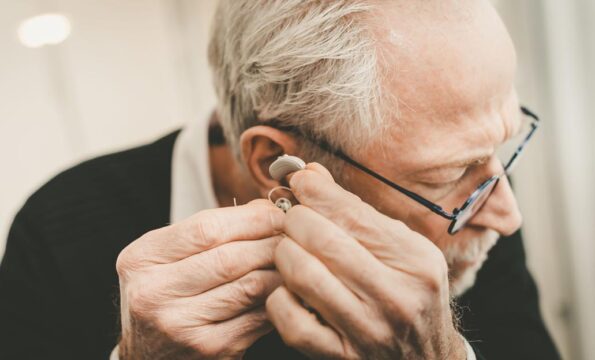Advertisment
Age at menopause could determine risk for decline in muscle mass and strength

A shorter reproductive life span, which is determined by a woman’s age at menarche and menopause, has been associated with a number of adverse health effects, including cardiovascular disease and mortality. A new study suggests that it can also lead to a decline in muscle mass and strength as defined by handgrip strength. Results of the study are published online today in Menopause, the journal of The Menopause Society.
Sarcopenia is described as a decline in skeletal muscle mass and function and occurs as part of the aging process. It is projected that by 2045 approximately 72.4% of persons aged older than 65 years will be affected by sarcopenia globally. The presence of sarcopenia is concerning because it can lead to reduced physical capability, decreased quality of life and cardiorespiratory capacity, as well as an increase in metabolic diseases, falls, disability, and mortality.
Menarche and menopause are both known to affect the female aging process. A previous study found that postmenopausal women experienced an annual muscle mass loss of 0.6%. One of the most common ways to screen for sarcopenia is by checking handgrip strength. To date, however, no research is known to have focused on the relationship between handgrip strength and the reproductive period.
In a recent study involving more than 2,300 postmenopausal women aged 45 to 75 years, it was found that the more extended the reproductive period, the lower the risk of low absolute handgrip strength. This trend continued even after controlling for other variables.
Other factors that affected handgrip strength were household income, level of education, length of breastfeeding period, and level of intake of vitamin D and protein. Although the age at menopause was associated with reduced low handgrip strength, no relationship was observed between age at menarche and low handgrip strength.
It’s also worth noting that in postmenopausal women the frequency of sarcopenia varies with race and age. For example, Asian women tend to experience sarcopenia less often.
Survey results are published in the article “The association between reproductive period and handgrip strength in postmenopausal women: a nationwide cross-sectional study.”
“This study showed that a longer reproductive period and later age at menopause were linked to a lower risk of low handgrip strength in postmenopausal Korean women. This finding may relate to the beneficial effects of estrogen on skeletal muscle. Additional longitudinal studies are needed in different populations to confirm these findings,” says Dr. Stephanie Faubion, medical director for The Menopause Society.
For more information about menopause and healthy aging, visit www.menopause.org.
The Menopause Society (formerly The North American Menopause Society) is dedicated to empowering healthcare professionals and providing them with the tools and resources to improve the health of women during the menopause transition and beyond. As the leading authority on menopause since 1989, the nonprofit, multidisciplinary organization serves as the independent, evidence-based resource for healthcare professionals, researchers, the media, and the public and leads the conversation about improving women’s health and healthcare experiences. To learn more, visit menopause.org.





